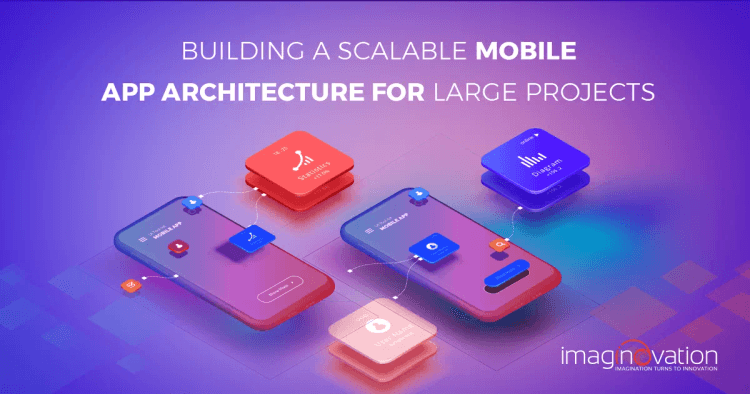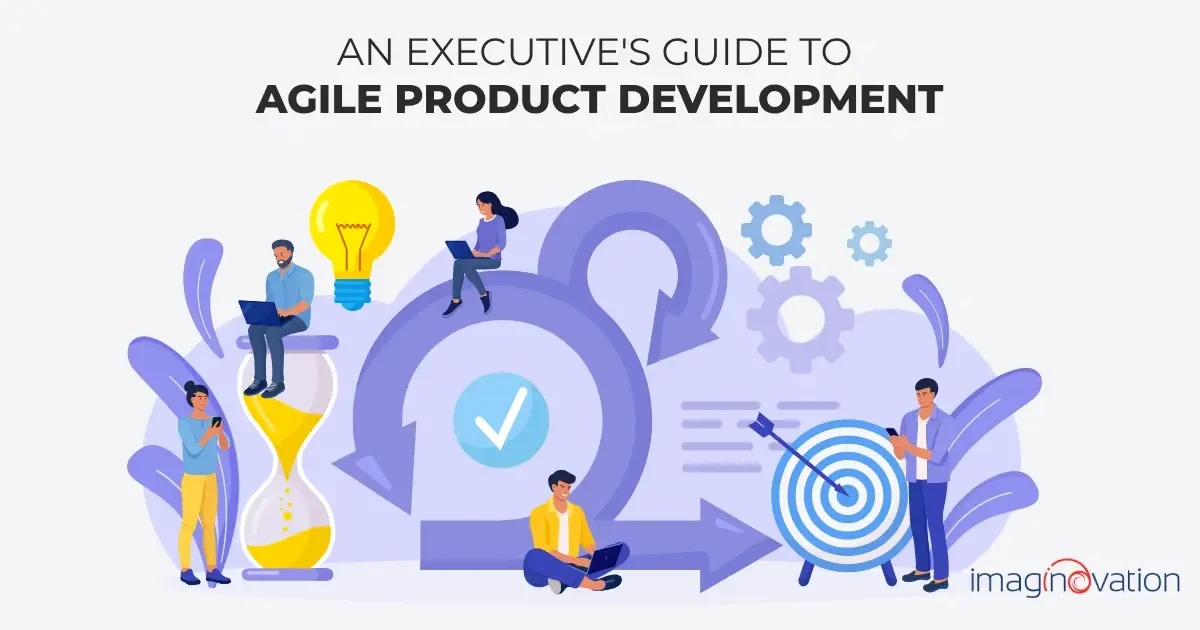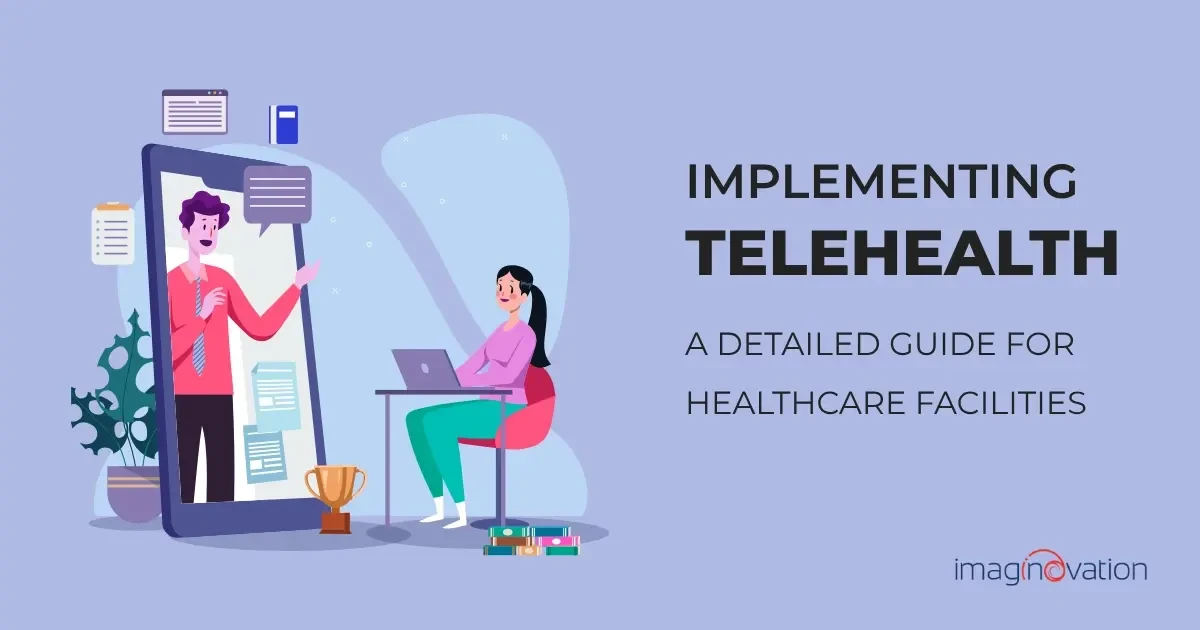Mobile app architecture has evolved to support innovative use cases. But, when it comes to enterprise mobile app development, scalability is still one of the concerning factors.
It’s simple if there’s no room for scaling an app, it can lead to problems like poor user experience, high maintenance costs, and more.
Creating the best user experience while leaning on scalable mobile app architecture is key to delivering good performance. So, how do you build a scalable app architecture? Most importantly, what does “scalability” really mean to your business app?
Let’s see.
Scalable App Architecture: What Does it Mean?

A scalable app should be able to accommodate a growing number of users quickly. So, when users double or even triple, the app should handle the traffic efficiently, and provide a seamless user experience to the users.
Scalable architecture can meet the growing workloads. If there’s a spike in the usage of your app, the existing software and hardware infrastructure in the backend should also scale up to serve the increased workload.
For example, in the context of an HTTP API, it would mean the ability of the API to respond accurately and in a reasonable time to all requests when the number of requests per second goes higher.
Wouldn’t it be great to develop such a scalable app to accommodate more resources? Plus, the app should be able to make room for more traffic without changing the base structure. The mobile app development incorporating such features isn’t too far-fetched.
On the contrary, a thoughtfully curated mobile app with a systematic approach involving a specific set of rules and technological principles can result in a robust app with a flexible structure.
When you develop such a mobile app architecture, it can help to:
- Avoid crashes
- Avoid downtime, including errors, outages, and failures
- Boost loading speeds
- Extend best-in-class security
- Reduce app update costs and time
- Augment user experience
- Boost service lifecycle
- Improve brand loyalty
Ultimately, one needs to invest in thoughtful designing and architecture not to get limited by scalability.
The key is to understand that mobile apps or any system can get pushed to a saturation point. When developers understand this facet and ramp-up to work on the scalability and reliability of their mobile app, it can hugely help the development.
As appreneurs, what can you do? It’s simple, work on the strength and flexibility of the mobile app architecture.
Principles of a Scalable Large Mobile App Project

Are you thinking about developing a large application? Here are some principles that can help seamless development.
1. Reducing dependencies. When one makes any change, and if it affects the code, it can hamper the app’s functionality. So, try and be more aware when making any changes to impact as little code as possible.
2. Code reusability. A good end product should always allow developers to add more functionality to the software, using assets that have already been created in some form. The code reuse saves time and resources, reducing redundancy.
3. Scalability. It should be easy to scale up an app when adding new functionality for existing code.
4. Stability. It is the capacity to add a range of features or activities without affecting performance. What does it mean? After building the product extensions, it should not spell defects or crashes.
5. Efficiency. The system that you plan to design should be able to perform tasks and functions in any condition. It should be able to cope with all the loads.
6. Flexibility. The digital solution should be easy to change with minimal errors. All the changes should be seamless and should not affect any existing element negatively.
7. Testability. The architecture for your mobile app should allow easy testing. The testing process can reduce the number of errors, which increases reliability.
8. Understandability. The code should be easy to understand so that all developers can quickly grasp the underlying base code. Good architecture always allows beginners to understand the project soon.
9. Alignment with native platform guidelines. When you have apps on iOS and Android, remember that they should be consistent with the native OS design guidelines for optimal quality.
10. Think beyond mobile-first. It is always great to push thinking beyond mobile-first. So, think about leveraging device capabilities. The native mobile device can offer facets such as voice, touch, pressure, location tracking, notifications, and more. It is good to design around the platform, device, and user experience.
How to Build a Scalable Mobile App Architecture?
Creating a brilliant, production-ready mobile app needs arduous effort. And thinking about scalability cannot be an afterthought.
App owners and developers must always think carefully and plan for the sudden spike in loads and how the current infrastructure can efficiently withstand the loads without affecting performance. All too often, such efforts can end you up with a robust mobile app. Your budget, time, and effort invested in such a product can ensure you happier users and customer loyalty.
Here’s all you need to know when building a scalable architecture for your mobile app.
Things to Consider Before Developing a Scalable Mobile App Architecture
Here are some elements that can help you with robust mobile app development.
- Choose the mobile app dimensions that are a perfect fit for your preferred devices. What all does this include? It will help to think about screen size, DPI, and more.
- Look at scenarios and solutions for varied quality of Internet connection. Be more prepared with the worst scenario, such as users in countries that still work on 3G instead of 5G.
- Improve UI for your target audience. The key to a successful mobile app is to keep the UI creative and still minimal.
- Work on proper navigation that can help users browse through various elements on a screen. Developers can incorporate many methods for navigation, such as gesture-based navigation, single view, stacked navigation bar, and more.
Next, let’s look at some crucial steps to building a scalable infrastructure.
Vital Elements of A Scalable Mobile App Architecture
1. Tech stack
As appreneurs, you already know that a ‘one-size-fits-all’ isn’t feasible. Your app needs are unique and need a thoughtful approach to choosing the right technologies that work best for you.
So, you may choose to look at trends. However, when selecting the tech stack, select the one that is just ideal for your app ecosystem. Also, bear in mind that moving to another tech stack will be all the more difficult once the app goes live.
The tech stacks that may come in handy are:
- The MEAN (MongoDB–document database, Express.js–web framework, Angular.js–client-side framework, and Node.js–web server) Stack
- The MERN (MongoDB, Express.js, React(.js)–client-side framework, and Node.js) Stack
- The MEVN (MongoDB, Express.js, Vue.js, and Node.js) Stack
- The LAMP [open-source] (Linux, Apache, MySQL, and PHP) Stack
- The Serverless Stack. For instance, AWS Lambda was one of the first serverless platforms, and Google Cloud is another significant provider of serverless computing services.
- Flutter for Web. With Flutter, cross-platform development is relatively seamless.
Bottom line: Adopt the most efficient technology stacks that make your app highly competitive and fulfill your business requirements.
2. Programming language
With the right tech stack, one can get an easy direction on the programming language. The best programming language is one that suits your application needs.
However, one can always consider the following rules when making the decision:
- Community support groups—it is always great to have a community that supports the programming language. Here’s the thing, the bigger the community, the less likely are the chances of it getting obsolete.
- Ease of use—try and select programming languages that are easy to code in.
Some of the top mobile app development languages include:
- JavaScript
- Swift
- Kotlin
- PHP
- Objective-C
- C++
- C#, among others
3. Database
Another element that can have a significant impact on the app’s scalability is database selection.
So, select one that can help you divide data between multiple databases, which will not have a fatal impact in the case of failure. Plus, your database should permit easy archiving to reduce storage-related performance issues.
Some of the most popular mobile app databases include:
- MySQL
- PostgreSQL
- Redis
- MongoDB
- Memcached
- MariaDB
- Cassandra
- RethinkDB, among others
4. Infrastructure Scaling
When it comes to scaling a mobile app, there are two ways that you can consider:
- Vertical scaling (or scaling up)
Vertical scaling refers to maximizing the resources of each infrastructure component. The scaling type helps to develop the app’s ability to handle swelling loads.
What does this signify from a hardware point of view? It spells adding more processing power (CPUs) and memory to your servers. And from a software perspective, it means algorithm and code optimizations, which means they utilize fewer resources.
Though this type of scaling is easy to implement, it can also become expensive.
- Horizontal scaling (or scaling out)
It refers to adding more components, generally, servers to your infrastructure. Here, one can use load balancing, which helps spread the requests for resources across all machines evenly.
Thus, it helps to avoid overloading a single machine. Though this type of scaling is challenging to implement, it’s more affordable.
At times, development teams prefer to mix the scaling types based on optimally using the pros of both types.
The process of blending is known as diagonal scaling. You should probably consider dividing your project into several critical modules, which will make your app more flexible and apt for future scaling.
5. Caching
One of the other methods that can help reduce the system resource load is to use caching whenever possible. The method implies is that one can save ready-made results and send or display them without processing data.
6. Content Delivery Networks (CDN)
When users are evenly distributed across countries, a solution that works well is Content Delivery Networks (CDN).
As servers are located around the world, the CDN speeds up the delivery of content. Furthermore, it results in the response time becoming minimal.
7. DevOps Automation Platforms
When you want to build a scalable mobile app infrastructure, it will help to have extensive knowledge and a dedicated DevOps team. It is a great thing these days with excellent tools that can help streamline this process.
So, you can invest your time in refining your app instead.
Many DevOps automation platforms enable you to reap the benefits of highly scalable infrastructures without the headache of actually building them yourself. Plus, the platforms lower the complexity of deploying, maintaining, and monitoring your apps and enable you to automate your tasks.
Some of the top DevOps automation tools include:
- Gradle
- Git
- Jenkins
- Selenium HQ
- Docker
- CHEF
- Ansible, among others
Ultimately, building scalable mobile applications can be fun and super-exciting with the right tools in place.
Wrapping Up
As more people get ready to embrace apps, it creates more opportunities for companies to build apps. When it comes to large projects, it is critical to push thinking and be futuristic. Scalable mobile app architecture is the brainchild of visionary thinking, which helps ride the waves of competition and transform your entire business.
Your app journey can help shape the future market and create legacies that businesses can appreciate and adopt.
Develop Mind-blowing Mobile Apps with Imaginovation
Do you want to build a scalable mobile app architecture for large projects? If you wish to design and develop futuristic mobile solutions, don’t hesitate to talk to us.
We are an award-winning web and mobile app development company in Raleigh with incredible experience, and we can help you build robust and scalable mobile apps.




